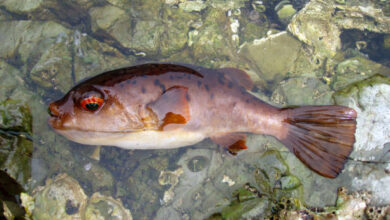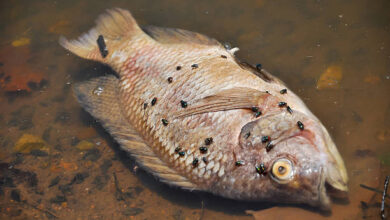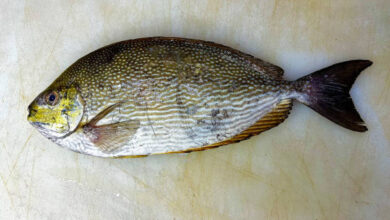What are two fish in the class Agnatha?
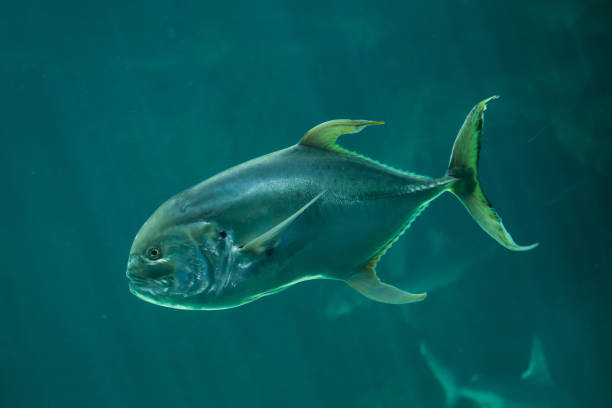
In the tremendous, twirling submerged world overflowing with horde types of marine life, a few captivating and old animals stand apart from the rest – Agnatha fish. The Agnatha class is one of the most fascinating divisions of the collective of animals. It houses jawless fish that developed large number of years prior despite everything flourishes today, with two particular agents being the lamprey and the hagfish.
Grasping the Class Agnatha
To grasp the quirks of lampreys and hagfish, it’s imperative to investigate their taxonomical gathering – the Agnatha class. Drawing its name from the Greek words ‘A’, signifying ‘without’, and ‘gnathos’, alluding to ‘jaws’, Agnatha incorporates fish species that need jaws. This attribute alone obviously recognizes them from different sorts of fish.
Nonetheless, their uniqueness doesn’t stop there; these fish are likewise absent any and all matched balances and scales, making them significantly more particular. At present, around 120 species fall under the Agnatha umbrella, all ordered into two subclasses: the lampreys and the hagfish. These species have developed north of millions of years, adjusting to a wide assortment of natural surroundings and environmental jobs. This entrancing variety, all inside a gathering of fish without specific highlights normal to most other agnatha fish, makes the class Agnatha a captivating subject of concentrate in the domain of sea life science.
An Outline of the Lamprey
The lamprey, an individual from the subclass Petromyzontidae, is unmistakable for its eel-like body and roundabout, sucker-like mouth. This mouth, in contrast to that of numerous other fish species, is fixed with sharp, horn-like teeth that are compelling for taking care of. Rather than having gills on their flanks, as many fish do, lampreys convey seven gill cuts behind their eyes. This trademark gives them an exceptional appearance and usefulness inside their marine and freshwater territories.
Strangely, lampreys are not selective to both of these conditions. All things considered, they can be viewed as in both, with a few animal categories referred to embrace noteworthy transient excursions as a feature of their life cycle. These old, jawless agnatha fish present a captivating part of sea life science, typifying a fascinating mix of odd actual highlights and a versatility that has permitted them to continue and prosper through the ages.
Life Cycle and Generation of the Lamprey
The generation and life pattern of the lamprey are both remarkable and intriguing. Not at all like different types of fish, numerous lampreys start their life process in freshwater streams. Here, the hatchlings, or ammocoetes, dive into the sandy streambed, making tunnels where they will spend quite a while. During this larval stage, they remain alive on microorganisms present in the water.
A huge change anticipates these ammocoetes. Following quite a while of living as hatchlings, they go through a broad transformation, changing into mature lampreys. This change outfits them with the transformations they need to flourish in their new surroundings. It’s normal for grown-up lampreys to advance towards marine natural surroundings, participating in significant movements that mark a critical change in their life cycle.
The excursion doesn’t end there for these astounding animals.
The bringing forth conduct of lampreys is an incredible sight. They build homes in the beds of streams, an errand essentially embraced by guys utilizing their pull cup-like mouths to move stones. In these homes, the females lay their eggs, and guys treat them in the untamed water. A convincing part of this cycle is that, for most lamprey species, producing is a terminal occasion. In the wake of bringing forth, they by and large bite the dust, denoting the finish of their extraordinary life cycle.
The lamprey’s captivating life cycle, with its extreme transformation and mass movements, exhibits the colossal flexibility of these jawless fish. Their strange regenerative propensities – outside treatment and generating related demise – feature the range of conceptive methodologies in the animals of the world collectively. Lampreys positively offer a rich and enthralling review for those inspired by the different universe of sea life science.
Focus on the Hagfish
We should move our concentration from lampreys and dig into the universe of agnatha fish, who are in the subclass Myxini. As opposed to their lamprey cousins, hagfish show a strikingly old body construction and ways of behaving that have been protected through ages. They dominatingly occupy cold marine profundities, flourishing in conditions that would be aloof to numerous different species. Their absence of sight, cartilaginous structure, and ooze delivering abilities make them exceptionally prepared to get by in these unforgiving settings.
Dissimilar to most types of fish, hagfish don’t have eyes in the customary sense. This quality, in any case, doesn’t obstruct their endurance. As a matter of fact, they have developed different instruments, like a sharp feeling of smell and contact, to make up for this absence of visual keenness. This tactile transformation permits them to find food sources successfully, even in the faintly lit profundities of the sea.
Their skeletal construction is another entrancing element.
Dissimilar to their lamprey partners that have an incomplete cartilaginous skeleton, hagfish have a completely cartilaginous structure. This crude skeletal plan is believed to be a developmental forerunner to the hard designs seen in most fish today. Notwithstanding, maybe the most striking quality of hagfish is their capacity to create an enormous amount of ooze. This strange safeguard system is strikingly compelling. At the point when they feel compromised, hagfish discharge a substance that, upon contact with water, rapidly extends to shape a foul cloud. This can deter the gills of any expected hunters, furnishing the hagfish with a chance to make a quick departure.
In the immense and different submerged realm, hagfish offer a striking look into an old period. Their crude construction, momentous tangible transformations, and interesting protection instrument put them aside from large numbers of their marine partners. With their charming qualities and endurance strategies, hagfish are really a demonstration of the flexibility and versatility of life in our planet’s seas.
Interesting Transformations of the Hagfish
The hagfish, a genuinely captivating animal, stands apart because of uncommon transformations have permitted it to flourish in cruel marine conditions. Maybe the most attractive of these is the hagfish’s capacity to create plentiful measures of sludge. This captivating endurance strategy becomes an integral factor when the hagfish sees a danger. It delivers a tacky substance which quickly grows when it comes into contact with water. The outcome is a sizeable haze of ooze that can stop and weaken hunters by obstructing their gills, offering the hagfish an opportunity to make a fast escape.
Taking care of propensities for the hagfish offer another fascinating transformation. Given their absence of customary visual perception, they depend vigorously on their increased feeling of smell and contact to find their dinners. As opposed to hunting in a customary way, hagfish utilize these finely tuned faculties to find cadavers that have sunk to the sea depths. Whenever they’ve found their dinner, they continue to tunnel into it, consuming the dead creature from within. This rummaging conduct not just separates the hagfish from numerous marine animals yet additionally permits them to exploit assets that different species will be unable to get to.
These one of a kind variations exhibit how exceptional hagfish are for endurance in their picked living space. Obviously the absence of specific characteristics we partner with most fish – like vision – has not impeded the hagfish. All things being equal, it has developed elective procedures that have shown to find success. Through this exceptional endurance and taking care of variations, the hagfish represents the surprising variety and versatility of life in our planet’s seas.
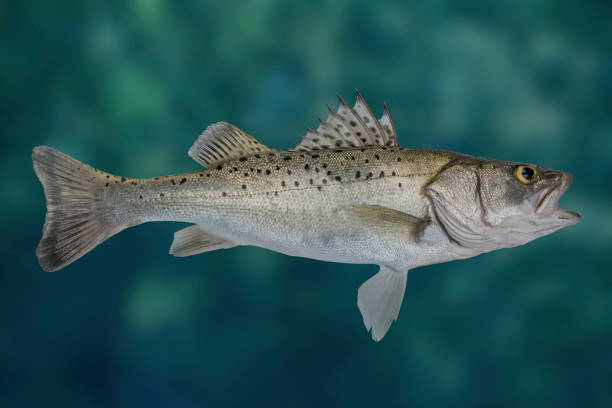
Conclusion
Jumping into the universe of Agnatha fish, remarkably the lamprey and hagfish, takes us on a fascinating excursion through time. These jawless species act as living fossils, offering interesting experiences into the beginning phases of fish advancement. Their fluctuated transformations and convincing life cycles, all while without specific highlights we usually partner with fish, say a lot about their flexibility and developmental ability.
Uncovering their accounts has expanded our insight into marine life as well as developed our appreciation for the limitless variety that our seas harbor. Both the lamprey and the hagfish, as agents of the Agnatha fish, never neglect to entrance with their unconventional properties and step by step processes for surviving. Their continuous presence is a demonstration of the dynamism of life under the ocean and the huge range of structures it can take. Whether you are a researcher, a marine fan, or somebody with a passing interest in marine life, these old, jawless fish definitely have an enduring impression.
